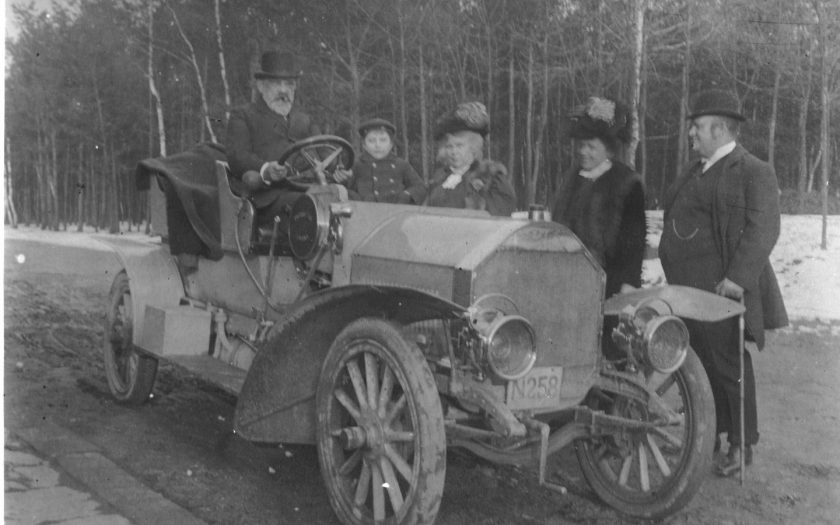WITH ALL THE HOOPLA about hybrids and electric vehicles lately, it’s worth reminding ourselves that the technology has been around for an awfully long time. In fact, it makes us wonder why, if it’s the miracle solution so often claimed, it hasn’t already become more mainstream.
Over the last 12 decades, Škoda has learned that innovation is as much about brain power, lateral thinking and ingenuity as cost. 2020 marks the debut of two key cars for Škoda – the Superb iV plug-in hybrid and the Citigoe iV, the brand’s first fully-electric production model.
And while both models represent significant firsts for modern-era Škoda, a close look at once secret archive material from the brand’s past reveals that pioneering engineers and designers at the brand’s Mladá Boleslav base successfully developed both hybrid and fully electric vehicles more than 100 years ago.
1908. The first Škoda petrol/electric hybrid
In 1908, Škoda Auto founders Vaclav Laurin and Vaclav Klement joined forces with renowned Czech engineer František Křižík to investigate whether electric power was suitable for private vehicles. Křižík had successfully designed and engineered Prague’s electric tram system (which still runs today) and believed that electric power represented the future. Working with an L&K Type E prototype, he built a vehicle with a unique system featuring a petrol engine that produced electric power, which subsequently drove the car via an electric motor.
While the car worked, battery technology at the time wasn’t sufficiently advanced enough to allow any generated power to be stored. Although the prototype gave engineers a new insight into drive technology, it would take another leap forward in technology for it to become a viable option.
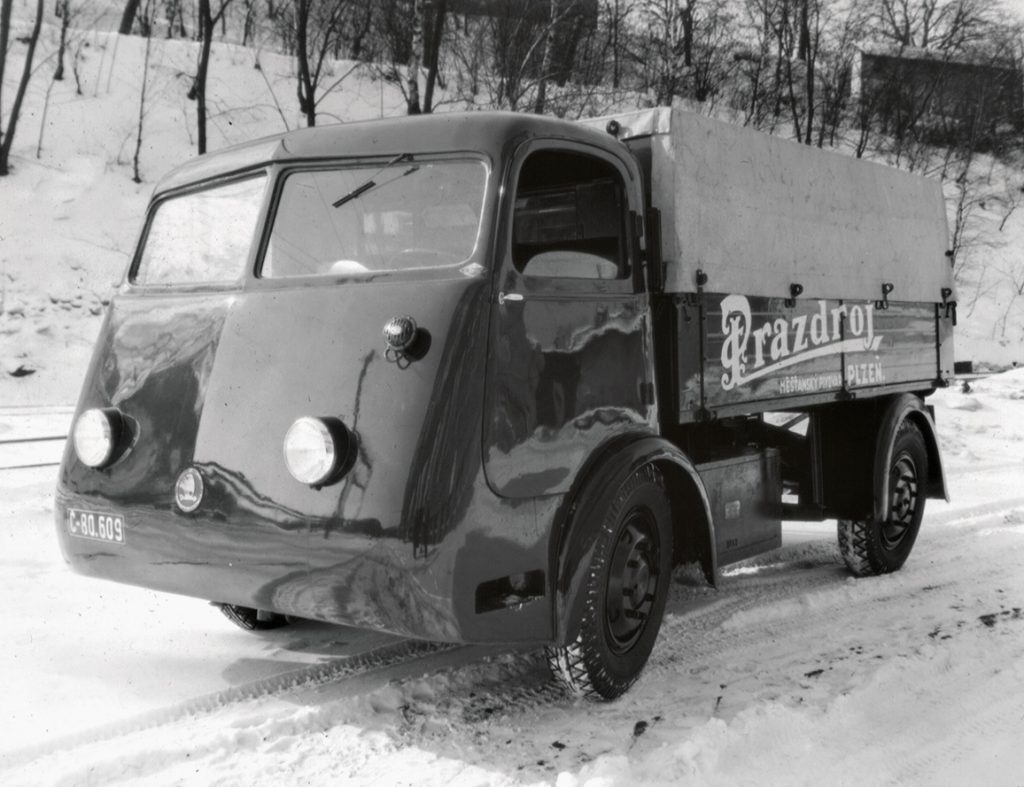
1938. The first Škoda EV
During another of the many periods in Czech history when oil imports were under threat, Škoda worked hard to guarantee that essential supplies (and being Czech, it isn’t surprising that beer was considered an “essential” supply) could be kept moving. The Škoda ‘beer float’ was a purpose-built truck designed and engineered in the late 1930s to deliver beer from the factory in Pilsen to the town’s bars and restaurants.
Powered by a bank of rechargeable lead acid batteries mounted within the ladder chassis, it could carry up to three tonnes of beer and was perfectly suited to low-speed, multi-drop journeys. With no air intakes or cooling required, the front of the cab was created with a smooth, aero-friendly shape and a distinctive arrow-head split windscreen. According to factory records, the Škoda EV beer truck kept Pilsen residents adequately supplied with beer for many years.
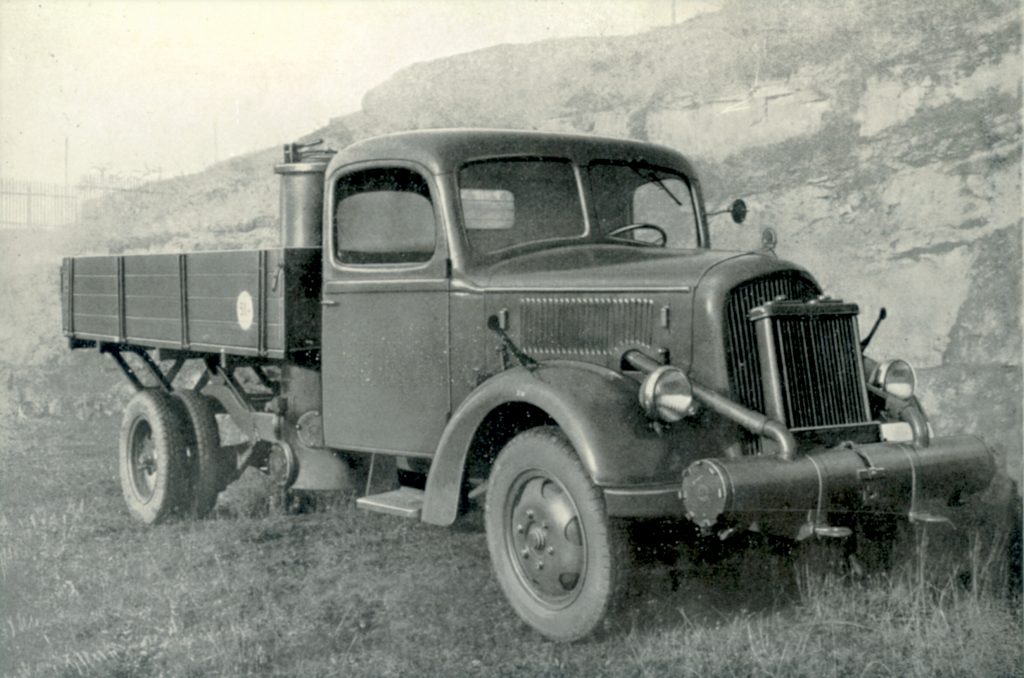
1942. The wood-powered Škoda
With no native oil reserves, Czech engineers were always looking to develop alternative and home-grown power sources for its vehicles. Factory archives show that a charcoal-powered truck was developed in 1919. Featuring a large wood burner at the back, the technology worked but was cumbersome and was considered too complex for mass production.
Škoda revisited wood gas combustion again in the late 1930s and early 40s when war caused severe shortages of oil. Mladá Boleslav engineers successfully incorporated a wood gas generator capable of converting timber or charcoal into a usable gas to power the truck’s internal combustion engine. As the need for alternative power sources increased, engineers were able to make the system (which essentially consisted of a stove, a cooler, a filter, and a network of pipes) more compact. A number of Rapid prototypes were developed with an integrated wood gas converter mounted on the front bumper. In an effort to make it look part of the original design, fins and decorations were added to match the rest of the car.
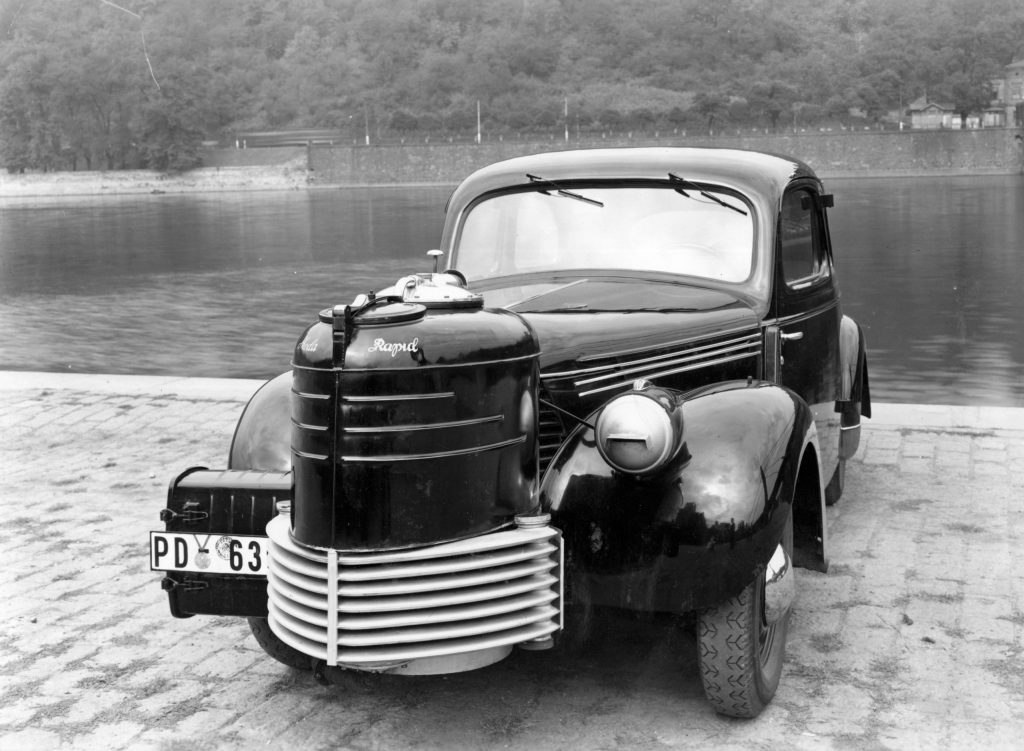
1992. Eltra 151: the all-electric Favorit
In the early 1990s, the automotive industry was already looking towards a greener future. Although battery technology was still crude by today’s standard, Škoda successfully developed an all-electric version of the Favorit, the Eltra 151. The project was based at Ejpovice, a Škoda Pilsen outpost designated for special builds, and was largely funded by a commission from a Swiss importer, who planned to sell the vehicles throughout Europe.
Initial production centred around the Favorit hatchback, which was fitted with a bank of 14 6v 190Ah lead-acid batteries that provided power to a 21PS electric motor. The drivetrain retained the petrol car’s gearbox (with fifth gear removed) and differential and could reach a top speed of 50mph. Despite its fairly basic engineering, the Eltra could cover between 40-60 miles on a charge and could be recharged via a standard domestic plug.
A pick-up version – with an optional hard-top body for extra storage – was subsequently developed and bought by the same Swiss importer, who marketed the car around the world. Curiously, nine cars were bought back to the Czech Republic by the Czech postal service and were used in city centre locations for a number of years. Examples were exported to the USA where Californian authorities were already offering significant tax subsidies for electric vehicles.
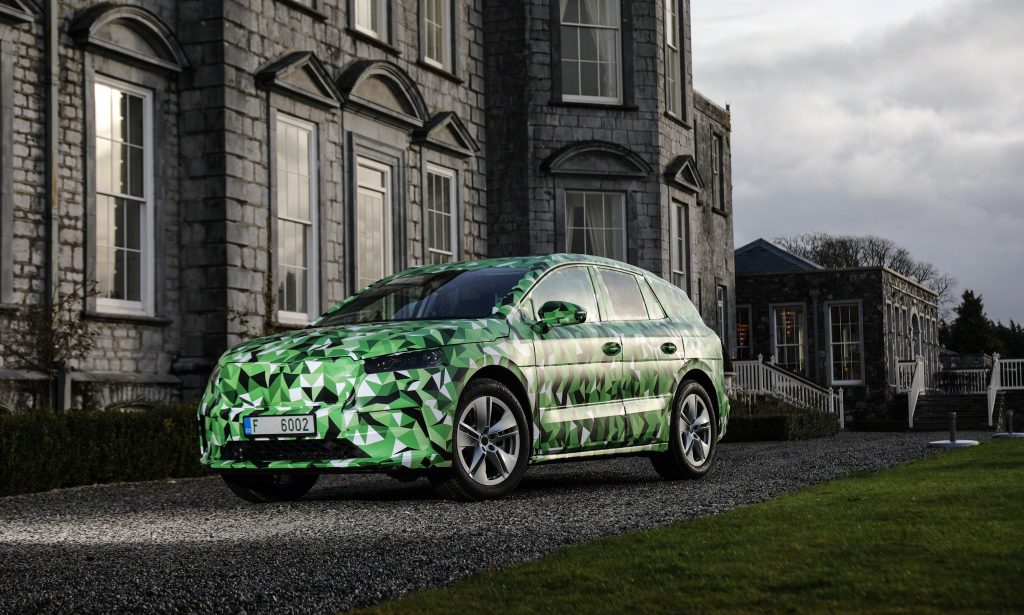
2020 and beyond
Electrification provides Škoda with another opportunity to showcase its innovation and engineering ingenuity. The adoption and integration of a new power source brings with it a huge opportunity to create new designs that meet the demands of modern living.
In addition to a wave of new models set to arrive this year – including the brand’s first plug-in hybrid Octavia vRS iV – 2021 will see the introduction of Enyaq iV, a fully-electric SUV capable of covering more than 300 miles (480km) on a single charge. As part of the brand’s strategy, more than ten electrified iV models are scheduled to be launched before the end of 2022.
